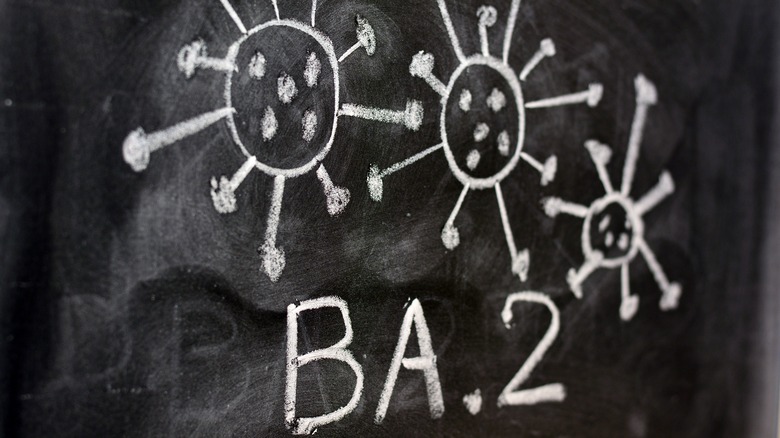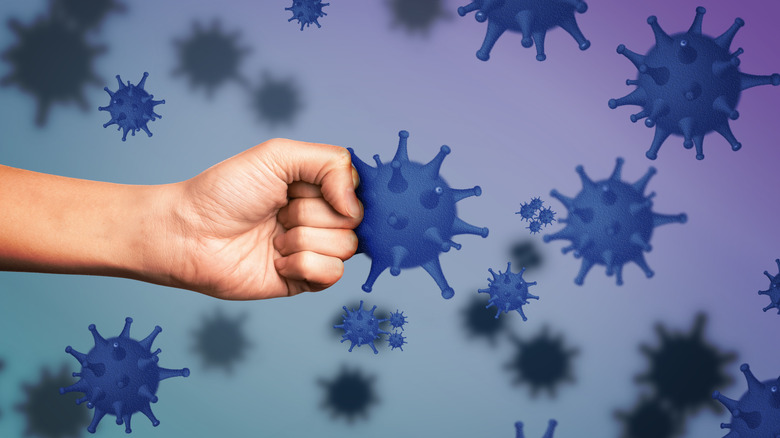Why Experts Remain Positive Despite The BA.2 Omicron Wave
Researchers are cautiously watching what happens with the newest subvariant of Omicron, called BA.2, first discovered in South Africa and Botswana in November 2021, according to Medical News Today. Like other countries around the globe, the number of cases for BA.2 in the U.S. is slowly rising. The Centers for Disease Control and Prevention (CDC) reported that currently BA.2 made up 34.9% of COVID-19 cases in the country, which is about 10% more than reported last week. NBC reported that more than 50% of COVID-19 in the Northeastern states are the BA.2 variant.
Experts are still learning about the subvariant, but they seem to agree that it appears to be more transmissible than BA.1. While BA.1 and BA.2 are both Omicron variants, they have different mutations, which may be why it is easily transmitted. While the idea of a new variant is not especially good news, experts remain positive about the outcome.
High immunity is on our side
Researchers are hopeful that BA.2 won't cause the same amount of severe sickness as other variants did. Dr. John Brooks, a medical epidemiologist for the CDC, explained to NBC that while it's possible we could see a rise in infections, severe cases and death are less likely. This is in part due to the fact that a good portion of the population has already had the Omicron variant, raising their immunity to any subvariants. "Prior infection with the original Omicron appears to confer protection, not necessarily against infection but definitely against severe disease and death," he said.
More good news from the CDC is that reinfection of BA.2 appears to be rare. Brooks told NBC that vaccinations also provide protection, although Medical News Today reported that more studies are needed to see just how effective vaccines are against it. To avoid infection, Dr. Barton F. Haynes, director of the human vaccine institute in the Department of Medicine at the Duke University School of Medicine, recommended getting vaccinated and following additional safety measures like wearing masks, social distancing, and washing hands, especially in crowded areas.


